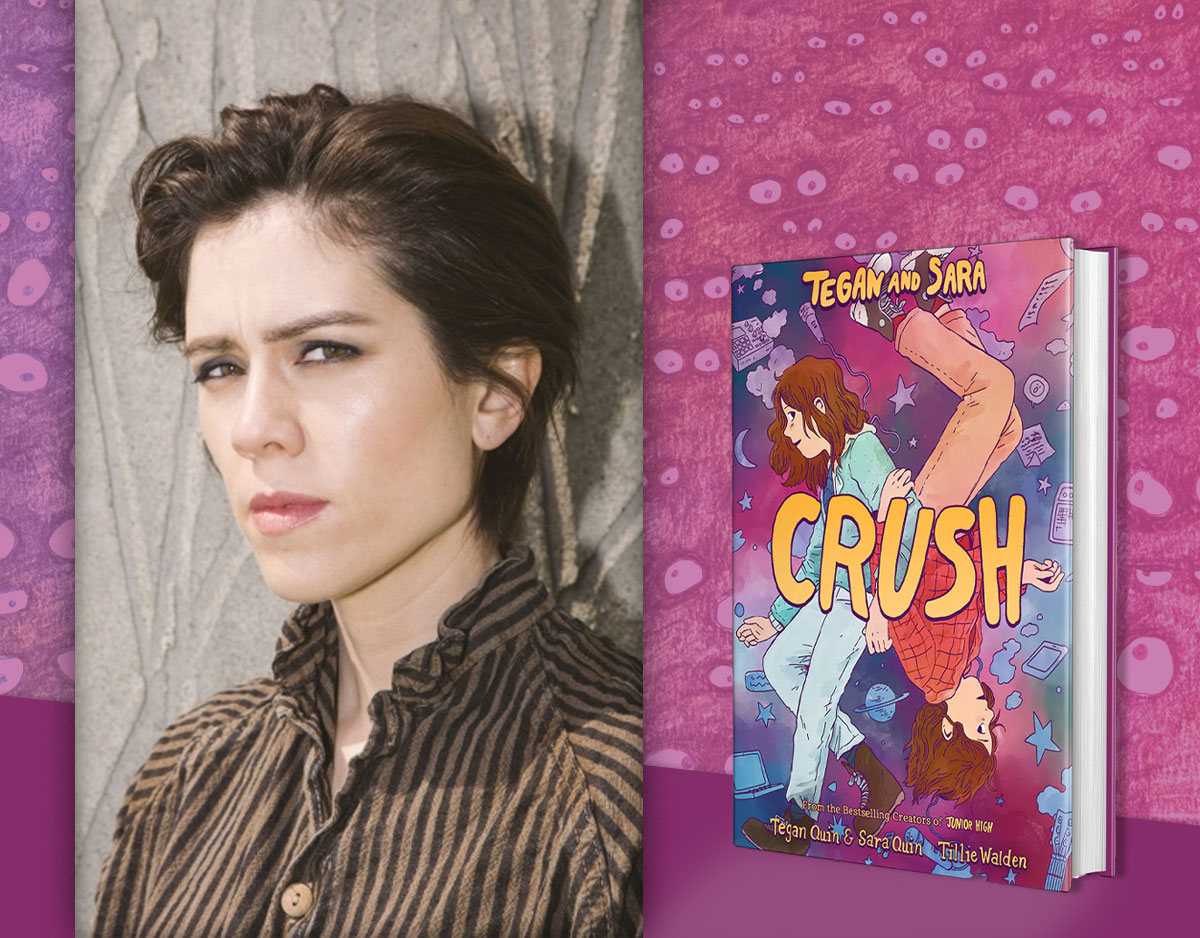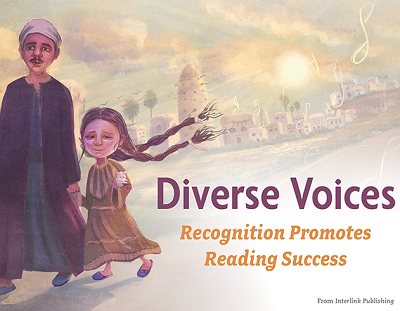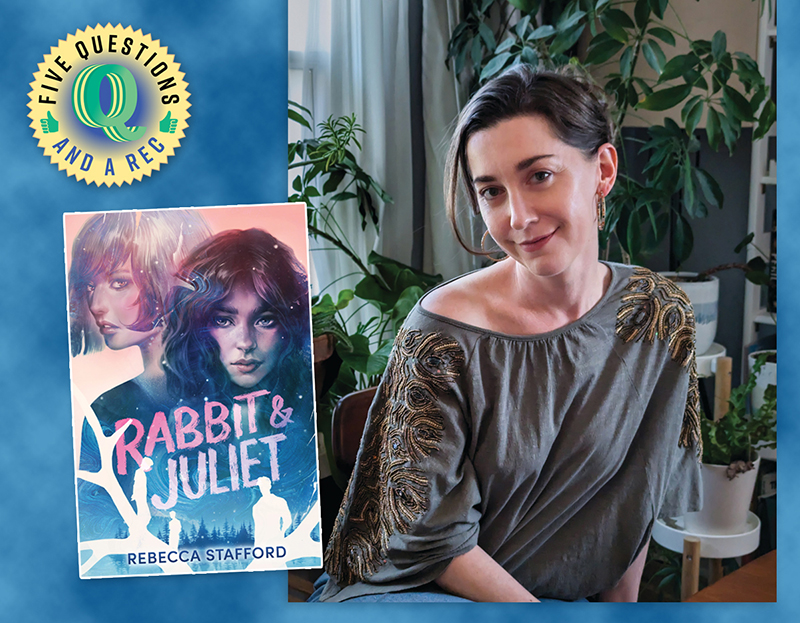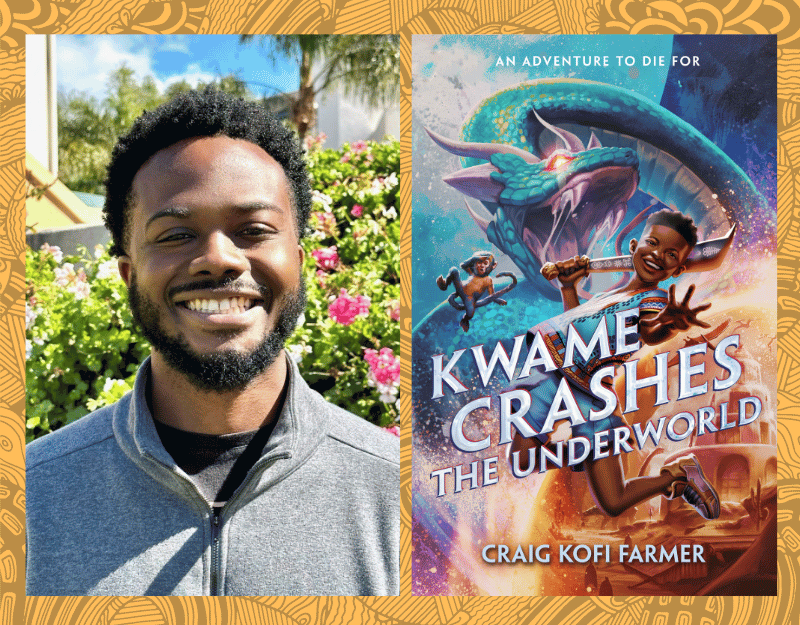Picture Book Review: Milo’s Museum
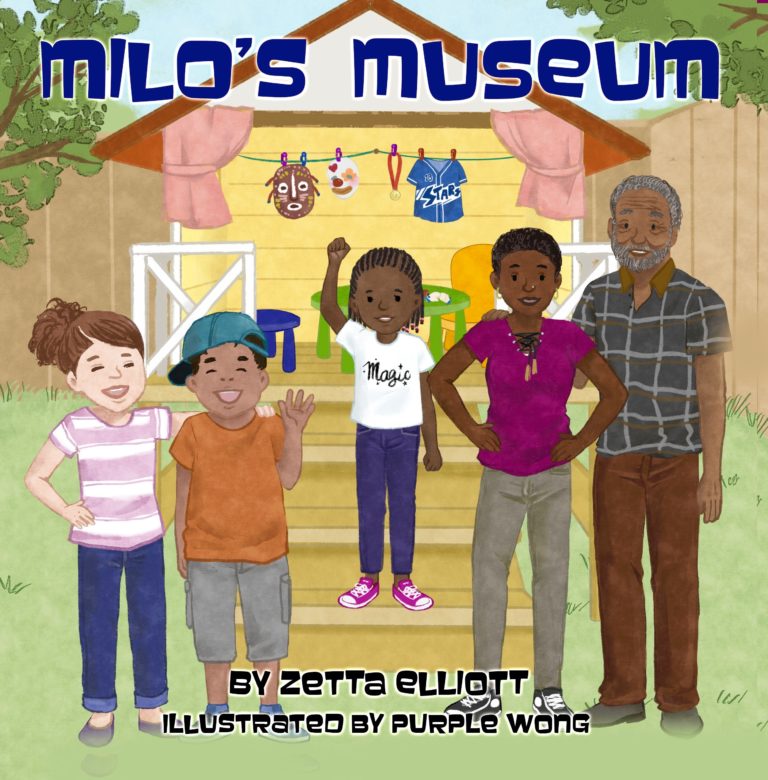
“Museums hold all the things that people feel are valuable or important.”
In the last few years, as I’ve thought more deeply about informal learning spaces, I’ve also challenged the assumption (and the marketing) that all spaces are meant for all people. How can they be, when so much has been built on stolen land, with violence, all around the world? For example, I know for a fact that everyone doesn’t feel welcome in libraries. Quite often library staff actively interrogate and harass patrons, escalating situations that could lead to trauma and violence. We have to talk about these experiences and inequalities because healing requires recognizing truth and making it plain in order to make it better.
Another truth is that not everyone feels welcome and comfortable in a museum. Many of us might wander the halls of these grandiose institutions and feel like something is missing. Milo’s Museum by Zetta Elliot & Purple Wong is about these kinds of feelings.
In Milo’s Museum, Milo is excited to visit the museum with her Poppa and her class, but quickly starts to have strong feelings about her place in the museum and feels a little off. Elliott and Wong masterfully depict a young Black girl sorting through her emotions about what she sees (and doesn’t see) and how she feels while confronting the institution of the “museum.”
One of my favorite spreads in this picture book is when Milo says “What are museums for, Poppa?” and Wong illustrates Poppa crouched down to Milo’s level, gently holding her hand, while they stand in front of a painting that depicts a wealthy white woman standing over a Black child. This spread is an excellent example of how to build text and illustration that work alone while working together. I also love the spread where Milo journals on her bed, making a plan for the museum. There is a small detail in the illustration of a Sankofa necklace spilling out of her jewelry box. I imagine this is reminder to readers that as we forge a radical path forward, we must also go back and fetch the work and history of our ancestors. In the work of reclaiming and reimagining (as Milo does so beautifully), we can’t not think of our ancestors and their experiences. What I especially appreciate about this book is how connected Milo is to 1) her emotions 2) the adults in her life who encourage her to think deeply and be active; if she has questions or wants to see change, she has the power to make that change happen!
ADVERTISEMENT
ADVERTISEMENT
Milo’s Museum encourages readers of all ages to reflect on the legacies of museums, how different types of people feel while in these spaces, and how we can begin to imagine and create our own learning & reflection spaces. A museum doesn’t have to be inside a massive building and charge an admission fee; it can be a much more organic thing, as Milo realizes. In the spirit of reflection, Elliott includes a few worksheet pages with thoughtful prompts at the end of the book to help readers think about what their own museum could look like.
Filed under: Reviews
About Alia Jones
Alia Jones is a MLIS student at UW-Madison, focusing on children's literature and youth services. She is a member of ALSC and has served on the Caldecott Award Committee and Coretta Scott King Book Award Jury. She cares deeply about diversity in children's literature, helping children find comfort in books, and informal learning spaces. She blogs at www.readitrealgood.com.
ADVERTISEMENT
ADVERTISEMENT
SLJ Blog Network
Book Announcement and Q&A: IF KAMALA CAN – A Talk with Carole Boston Weatherford and Ariana Pacino
The Mythmakers | Review
The Seven Bills That Will Safeguard the Future of School Librarianship
A ‘Fear Factor’ Rating Adds Spice to the YA Horror Halloween Season, a guest post by Tony Jones
Gayle Forman Visits The Yarn!
ADVERTISEMENT



